For decades, human obesity has been a major health issue, and the condition is becoming increasingly common in pets. The Association for Pet Obesity Prevention (APOP) estimates that nearly 54% of U.S. cats and dogs are overweight or obese, and this figure is rising. Many factors contribute to pet obesity, including overfeeding, lack of exercise, and genetic predisposition. However, pet owners have several ways to help their pets maintain an ideal weight. Our Best Friends Veterinary Care team explains how to keep your pet trim and healthy.
Use the body condition score to evaluate your pet’s weight
Similar to people, pets can pack on the pounds gradually, and because you see your pet every day, you may not notice they have gained weight. Recognizing your pet’s weight gain can be particularly challenging if they have a fluffy coat, which potentially disguises their developing skin rolls.
A pet is considered overweight if they are at least 10% to 20% heavier than their ideal weight, and they are considered obese if they weigh more than 20% of their ideal body weight. During your pet’s annual wellness exam, your veterinarian will assess your pet’s weight and evaluate their obesity risk, but between visits, you can evaluate their weight at home by using a body condition score scale (BCS). Your pet’s BCS—usually measured on a scale of 1 to 9—is similar to a person’s body mass index (BMI). Determine your pet’s BCS score by doing the following:
- Check your pet’s body shape from above — A quick and easy way to determine if your pet is overweight is to observe their body shape from above. A pet at a healthy weight has a defined waist and a straight build down the sides. If your pet’s body shape appears oval-shaped, they are likely overweight.
- Feel your pet’s ribs — You should be able to feel all of your pet’s ribs, and no thick fat layer should be covering the bones.
- Check your pet’s side profile — Look at your pet’s waist and stomach from the side. A sagging waist or swinging stomach indicates your pet is overweight.
- Feel your pet’s body for fat pads — Run your hands slowly over your pet’s body, feeling for fat sacks between their legs and on top of their hips. Excess fat equals excess weight.
- Observe your pet’s behavior — Overweight and obese pets tend to become less active. If your pet is overweight, they may slow down on walks, or struggle to breathe when active.
- Weigh your pet — Your veterinarian will weigh your pet during their wellness exam and can determine whether your dog or cat is overweight according to their size and breed. Regular at-home weigh-ins help you track your pet’s weight between veterinary visits.
Understand the health risks for overweight pets
Weight gain can indicate your pet has a disease, such as hypothyroidism or Cushing’s disease. If you suspect your pet is overweight, schedule an appointment with your veterinarian to rule out underlying disease and create a weight-loss plan to help your pet reach their ideal weight. Although some diseases cause weight gain, the extra pounds can cause your pet to develop an adverse health condition, including:
- Diabetes
- Heart disease
- Hypertension
- Osteoarthritis
- Urinary bladder stones
- Heat stroke
- Anesthetic complications
Help your pet lose weight
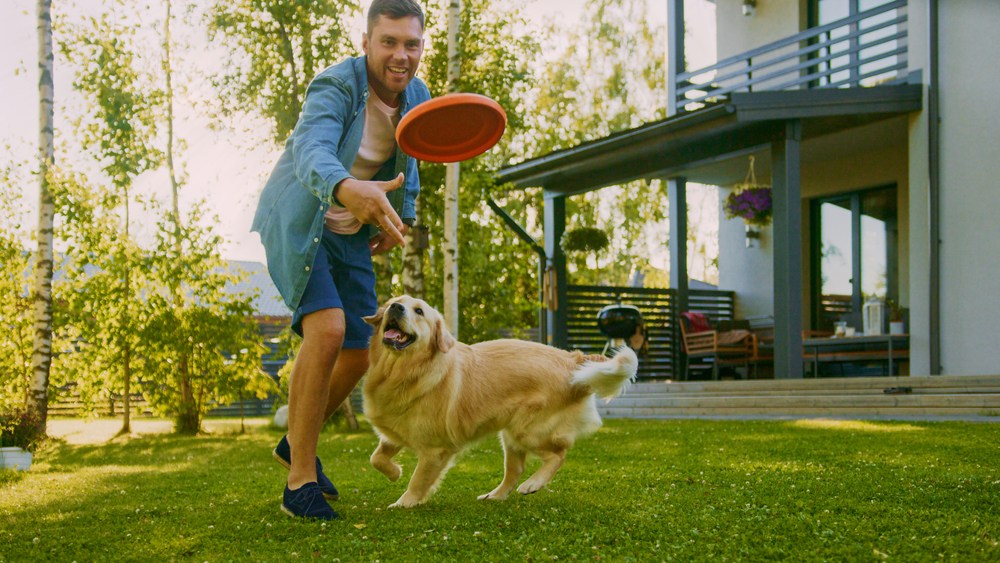
If your pet needs to shed some pounds, your veterinarian can customize their weight-loss plan. Similar to human regimens, pet weight-loss plans require lifestyle changes, balanced calorie consumption, and physical activity. Support your pet’s weight loss at home by following these tips:
- Choose nutritious food — Determining which food is best for your pet can be confusing. However, your veterinarian can recommend a good choice that meets your pet’s nutritional needs.
- Give your pet healthy treats — Most pet treats offer an overabundance of calories and little nutritional value. Instead, give your pet vegetables such as green beans, carrots, and celery.
- Use a food puzzle — If your pet gulps down their food, try feeding them with a food puzzle, which can help them eat at a slower pace and feel fuller.
- Exercise daily — Regular exercise is essential for any weight-loss plan. Ensure your pet gets enough daily physical activity—which varies according to their breed, age, and size.
Show your pet how much you love them by managing their weight and overall health. If you are unsure about your pet’s weight or diet, or would like to schedule an appointment, contact our Best Friends Veterinary Care team.



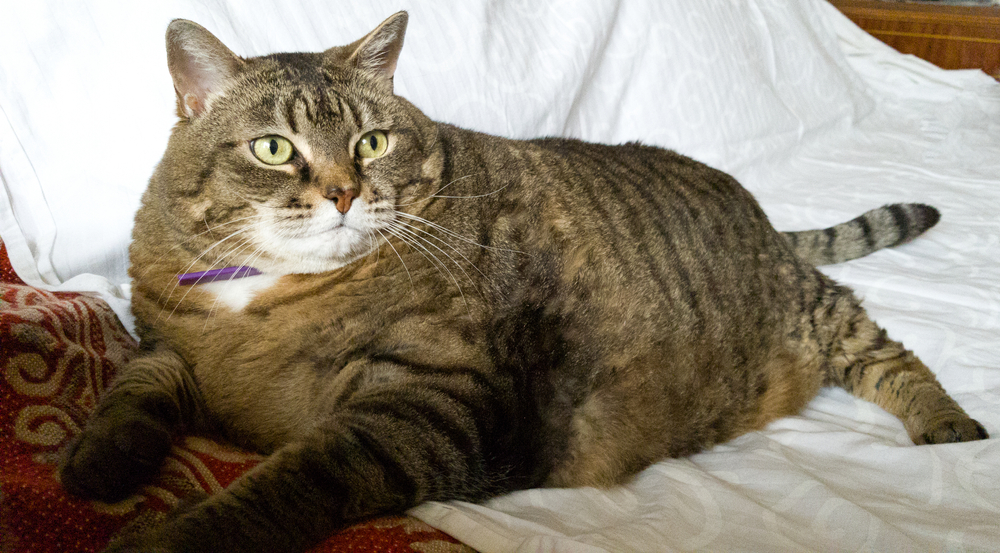
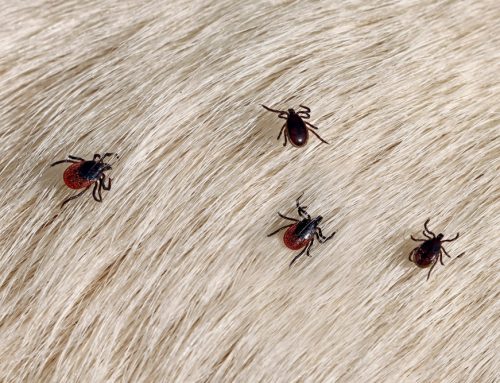
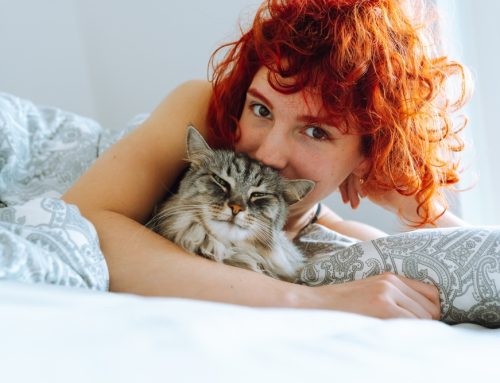

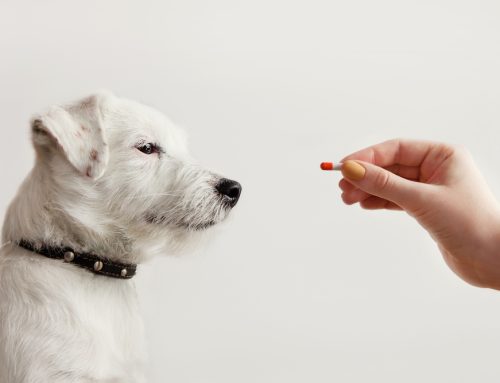
Leave A Comment